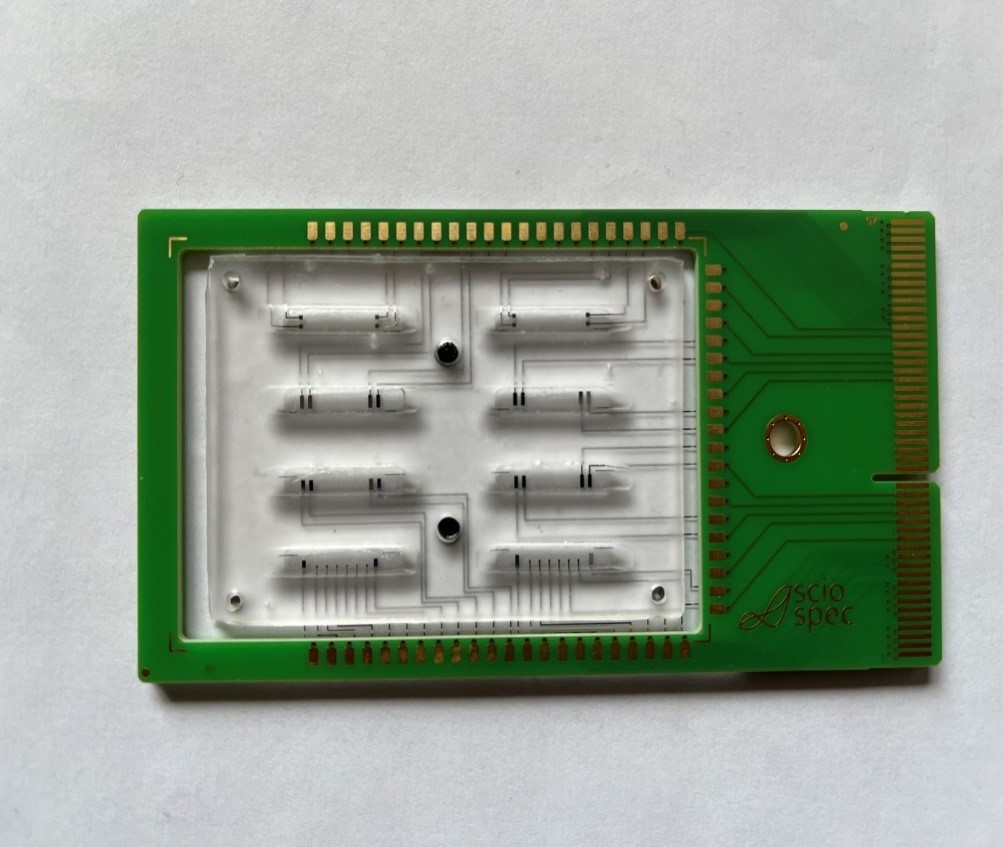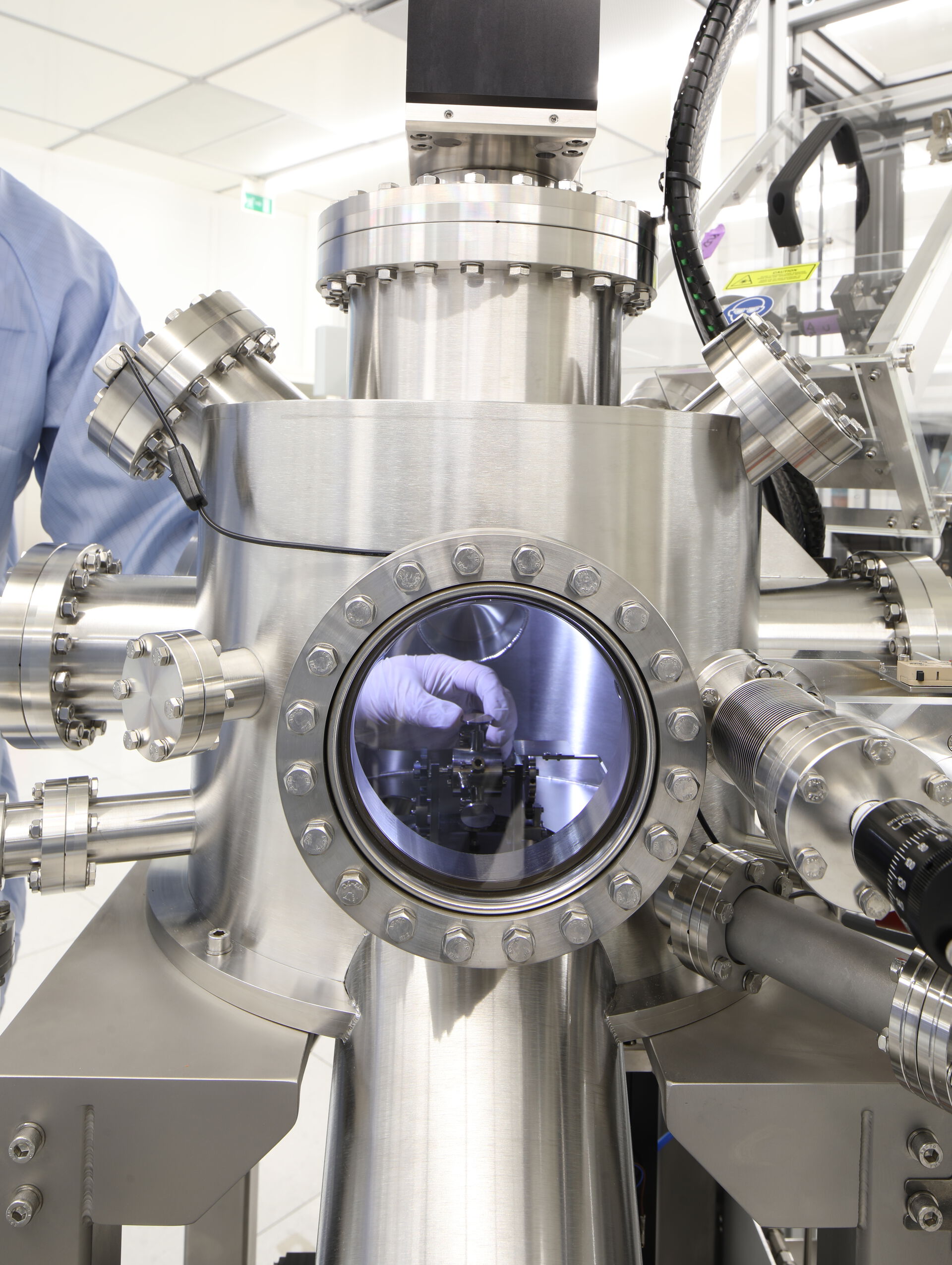Research activities at UiO MiNaLab focus on semiconductor and material science research. The most essential research areas are solar cell technology, semiconductor nanoscience and technology, MOEMS, wide bandgap semiconductors and transparent conductive oxides.
Currently, there are several interdisciplinary research activities within Life Science at the UiO MiNaLab, for example, biosensing and organ-on-a-chip technologies. Below are some activity highlights from recent years.
Sustainable solar cell technology (SuSolTech)

Being able to control defects and impurities are key to achieving efficient solar cells. FME SuSolTech use the NorFab facilities to manipulate defects in PV materials such as Si and Cu2O through varying thin film deposition conditions, ion implantation and heat treatment in controlled atmospheres. These defects are subsequently investigated through a wide range of optical, structural and electrical characterization techniques.
Biosurfactants & nanoengineered surfaces

Softlab’s research aim to understand the biophysical and materials science aspects of complex biological problems which involve biosurfactant membranes. At Softlab, biomembranes are brought together with solid interfaces as well as with micro- and nanotechnology, and the unique membrane interactions are observed with high resolution microscopy. Research at Softlab focus on artificial cell engineering, biosensing and the origin of life.
Publication: Subcompartmentalization and pseudo‐division of model protocells
Electrodes in Organ-on-Chip systems

Organ-on-Chips are in vitro cell culturing tools based on microfluidic system technology. They allow the coculture of different cell types, as well as the incorporation of mechanical stresses such as dynamic perfusion, giving increased control over the culture parameters. They can therefore help develop healthy and pathological tissue models that present closer characteristics to in vivo tissues such as protein expression. They can be combined with biosensors to monitor the model in a continuous, label-free and non-destructive manner. At UiO MiNaLab, we fabricate electrodes to monitor and assess the viability and chemosensitivity of solid pancreatic ductal adenocarcinoma tumour in vitro models.
Go to Electronics Research Group at UiO and Cancer Heterogeneity, Plasticity and Resistance to Therapies Research Group, CANTHER laboratory (France).
Novel surfaces for single cancer cell migration

GreinDX is developing a complete new platform for liquid biopsies enabling capture, isolation and analysis of the 4 main classes of cancer biomarkers, namely Circulating Tumor Cells (CTCs), Circulating Tumor DNA (ctDNA), exosomes and tumor antigens. We combine special designed proprietary silicon discs, proprietary peptides and knowledge within surface chemistry, optics and cancer cell biology. During the fall of 2022, GreinDX established an exciting and fruitful collaboration with UiO MiNaLab to develop novel surfaces allowing single cancer cell migration. This initial 3-month project was partly funded by Digital Life Norway, and will serve as the foundation for a new IPN application in 2023 together with Oslo University Hospital.
Go to GreinDX
Combinatorial materials synthesis and SOLARIS

SOLARIS, the Solar Research Initiative at the Centre for Materials Science and Nanotechnology (SMN), is dedicated to the discovery and development of novel materials that will lead to radical innovations in solar energy harvesting and use. Combinatorial materials synthesis enables high-throughput experimental materials screening and tailoring of physical properties for applications such as (photo)electrocatalysis and photovoltaics. The combinatorial pulsed laser deposition system at UiO MiNaLab is used to create spatially addressable material libraries. Key physical properties are mapped using spatially resolved methods, including energy-dispersive X-ray spectroscopy, X-ray diffraction, transmission and cathodoluminescence, available at the UiO MiNaLab.
Go to SOLARIS